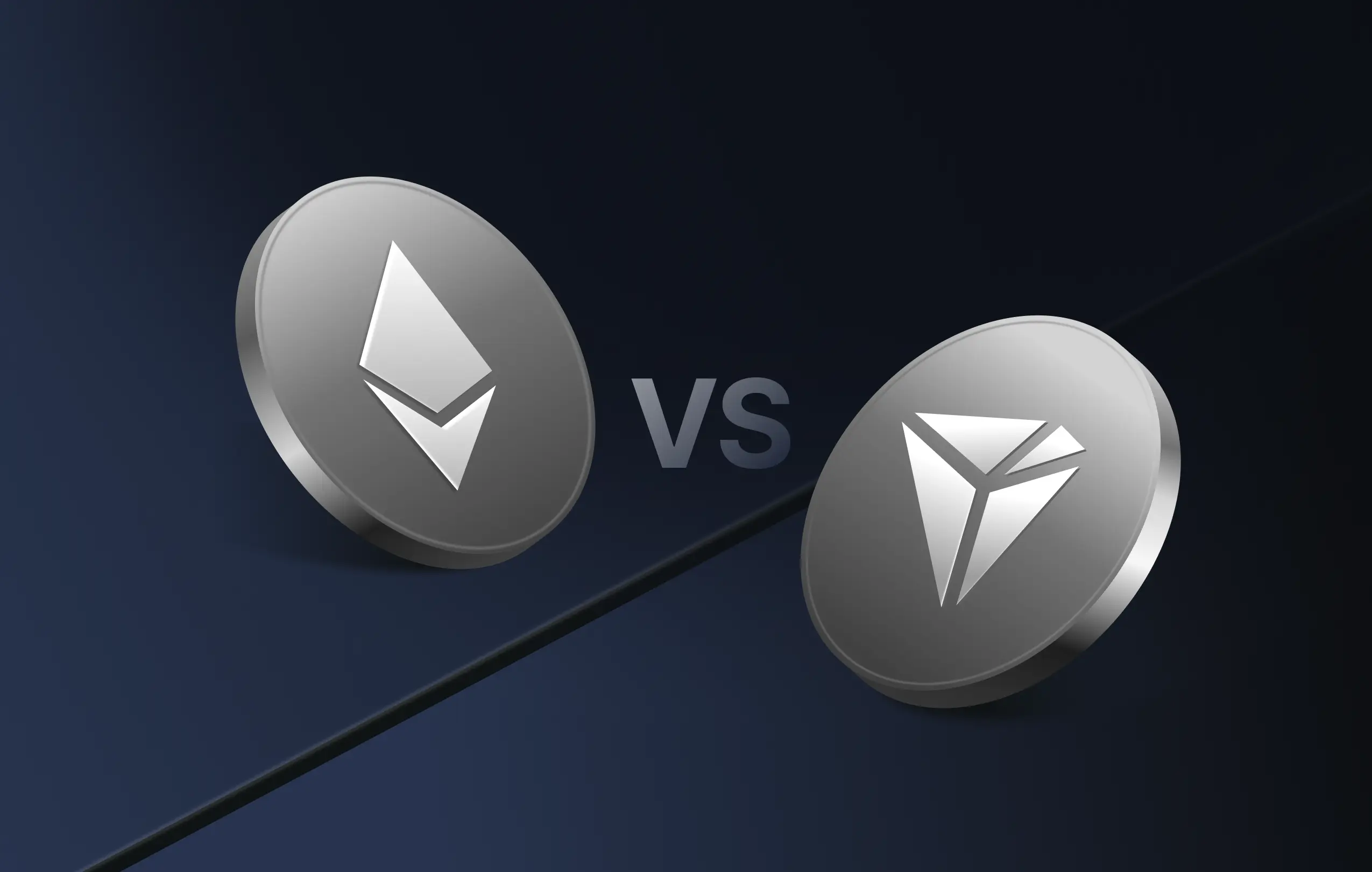Understanding blockchain mainnets
A mainnet is the actual operating network of a blockchain project. The mainnet is an independent platform that forms a new ecosystem, without being dependent on an existing platform. Put simply, having a mainnet means that it can create an ecosystem.
Some of the well-known coins with mainnets include Ethereum, Tron, Solana, and Polygon. Not all coins have a mainnet. Generally, coins without a mainnet are called tokens, and most of them take the form of tokens running on other platforms like Ethereum.
In summary, if a project has its own protocol (mainnet), it is considered a 'coin', while those derived and created on other platforms are called tokens. Building a self-sufficient ecosystem with a stable and proven mainnet is challenging and requires a significant level of technical expertise.
Understanding Networks, ERC-20 and TRC-20
Coins with mainnets generally do not insist on a standalone ecosystem. Typically, the blockchain ecosystem has a desire to connect their mainnets or ensure token compatibility. Simply put, it's similar to how the US dollar is accepted in many countries outside of the United States.
Ethereum, for example, is a platform coin with many compatible coins and projects. There are mainnets built on Ethereum and L2 solutions developed to enhance Ethereum's usability.
Therefore, even just looking at the Ethereum ecosystem, various tokens exist. Ethereum-based dApps may create their own tokens, but they can be compatible and used within the Ethereum ecosystem.
This compatibility is made possible by ERC-20 (short for Ethereum Request for Comments 20). For instance, Android is a leading smartphone operating system operated by Google. To create an app that runs on Android, developers must follow the rules set by Google. The same goes for ERC-20. Tokens must be issued in a format that meets the standard to operate on the Ethereum network.
Hence, networks capable of issuing tokens have their own standardized specifications. In addition to Ethereum, there are platforms like Binance Smart Chain (BSC) and Tron (TRX), which also have their own token issuance standards for compatibility, such as BEP-20 and TRC-20.
Common Mistakes During Transfers
Tether (USDT), a representative stablecoin, is not only issued as an ERC-20 token on the Ethereum network but also exists on other networks. In particular, the issuance of USDT is active on the Tron network. USDT issued on the Tron network has the TRC-20 standard, not ERC-20.
Therefore, if you send USDT issued as TRC-20 to an ERC-20 address, you may lose your assets due to the different networks. It's a common mistake.
For example, when transferring Ethereum from Binance to a domestic exchange, if you select the BEP-20 network instead of the ERC-20 network and proceed with the transfer, you may not be able to recover the funds even if you entered the correct address (although it might be possible in some situations). Remember that tokens with the same name but on different networks are considered different tokens, so be careful when transferring!
